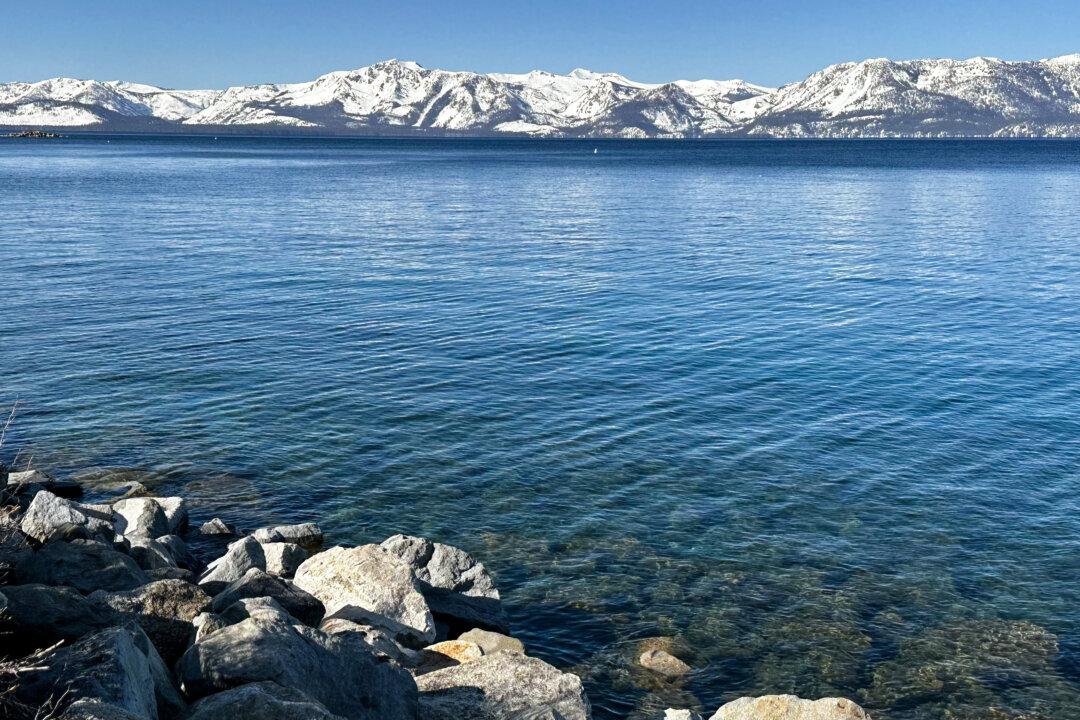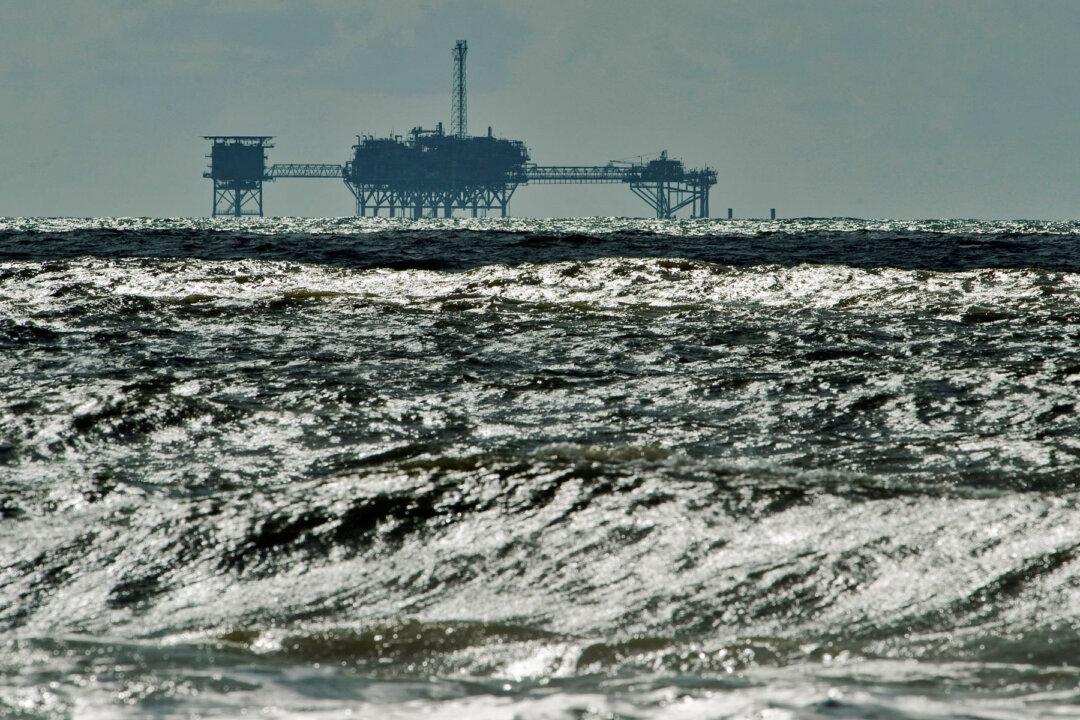Lake Tahoe, the largest alpine lake in North America, is the clearest it has been for nearly 40 years, according to a new University of California–Davis study.
In the last five months of 2022, a resurgence of native algae-eating zooplankton cleaned up enough murky debris to restore the lake’s famous cobalt-blue water. The lake could clear up even more in the future, researchers said.





